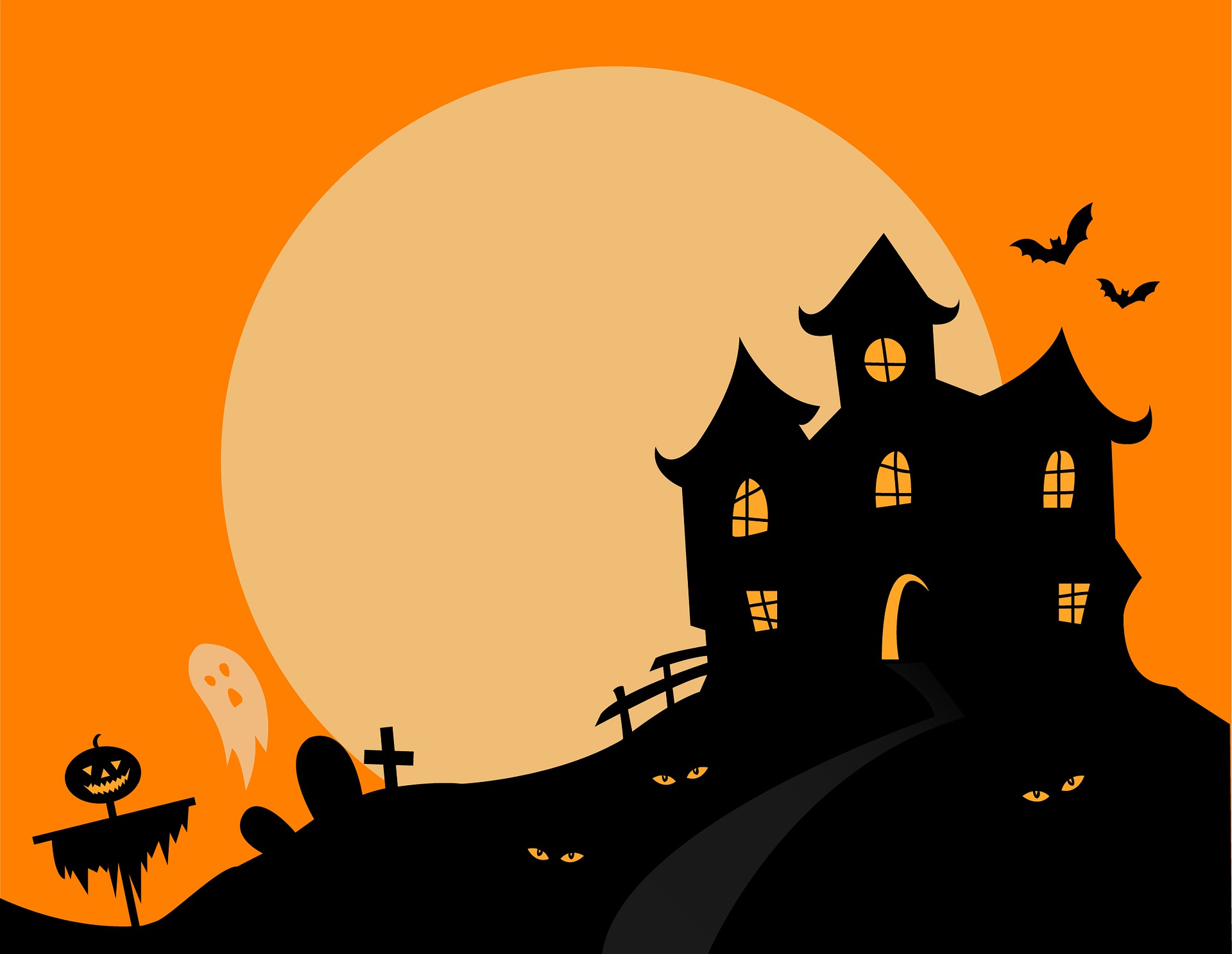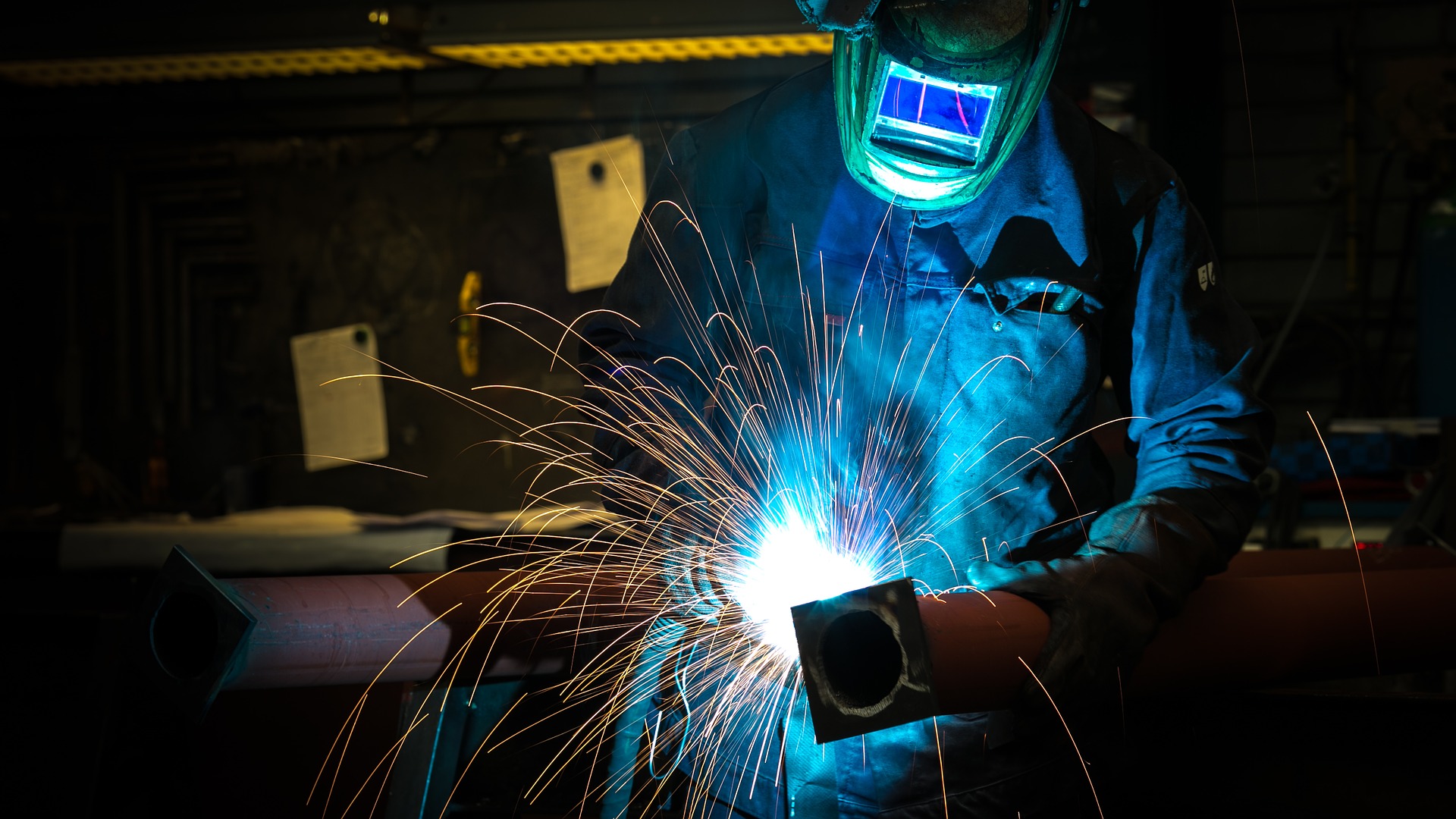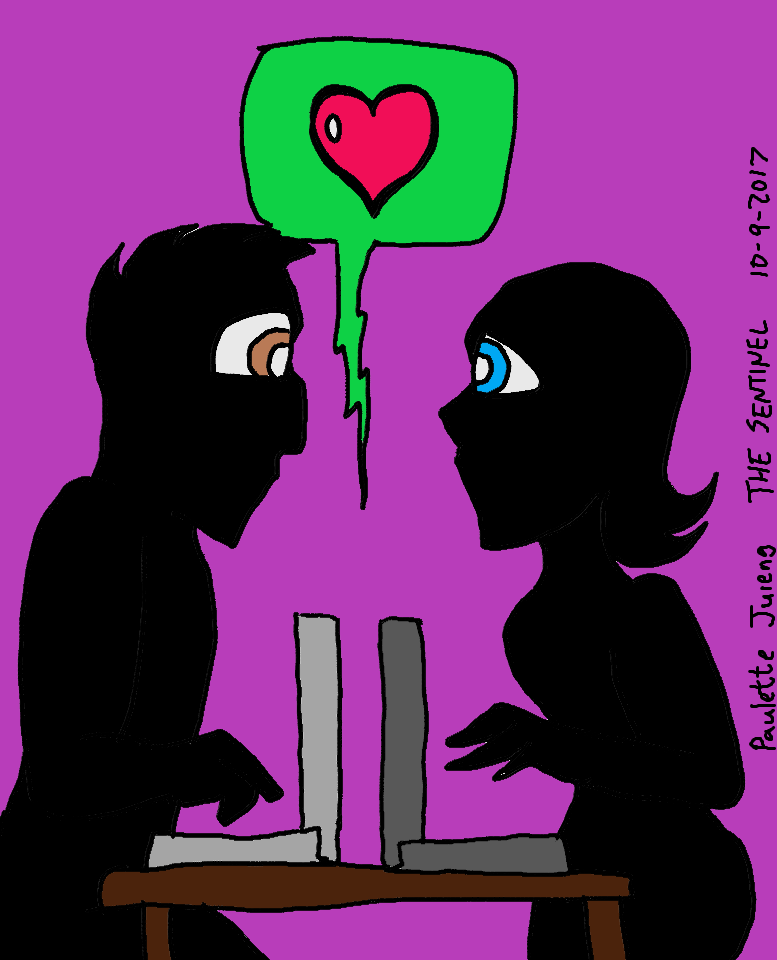Elizabeth Nouryeh and Abi Marmurowicz contributed to this article.
As ghosts and ghouls make their debut and witches take over the skies this October, thousands of adrenaline seekers will flee to haunted houses across the country. Haunted houses have yet to lose their fear factor and show no sign of becoming any less popular in the near future.
According to the American Haunts website, “the typical haunted attraction averages around 8,000 paid guests.”
Georgia’s Netherworld has remained one of the top rated haunted houses in Georgia since 2009 and continues to successfully scare its patrons.
“People love haunted houses for the adrenaline,” makeup artist and actor at Netherworld Miranda Sapp said. “To feel like you’re completely vulnerable and that anything could jump out is what a lot of people live for — the thrill of being completely surrounded by horror for 30 minutes.”
When people experience fear, chemicals such as dopamine and serotonin pump rapidly through the brain and body because of the increase in heart rate. Many people enjoy being scared, but only when the danger is simulated and not life-threatening.
Some believe that haunted houses are too scary and that they go too far in their efforts to scare people. The most prominent attraction is McKamey Manor in Tennessee. Before enduring the sometimes 10-hour haunt, participants must sign a 40-page waiver and undergo hours of the pre-haunt briefing.
According to the Nashville Scene, the waiver includes “exposure to extreme temperatures (No. 73), having plastic wrap tightly held over his face (No. 74), and having his hands and feet zip-tied (No. 75).” No one to this point has been able to complete the haunted house.
However, McKamey Manor and other intense haunted houses would not be operating without the thrill-seeking visitors who desire that experience. Participants are made aware of the scare tactics used well before they enter when they sign the waiver.
Most haunted houses have a suggested age requirement for their guests, and it is the guests’ job to know their limits, not the haunted houses’ to tone down the fear factor. Haunted houses ensure that their facilities are safe for their guests, creating the illusion of danger but never actually put their guests in harm’s way. One injury lawsuit could force a haunted house to close and never open its doors again.
“[Netherworld] keeps emergency exits everywhere for people who can’t handle the sensory deprivation,” Sapp said. “Our number one priority is to get everyone through the haunt safely with no harm.”
Of course, the majority of haunted houses are nowhere near as intense or as questionable as McKamey Manor, but they still live up to the expectations of
Halloween fanatics. Haunted houses are a great way for people to celebrate the thrills of October. The fear and adrenaline pumping through people’s bodies encourage them to keep coming back every October as they look for more thrills.



